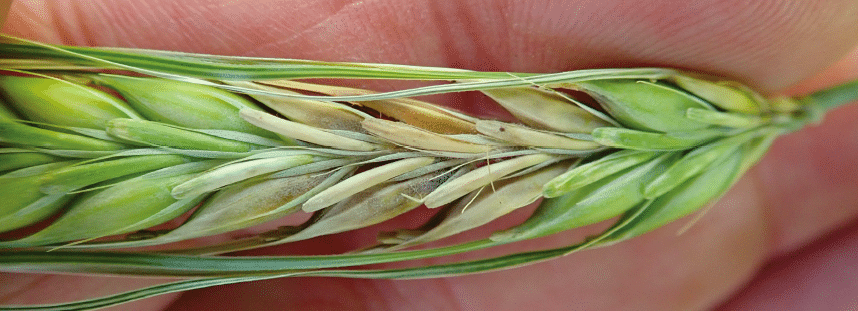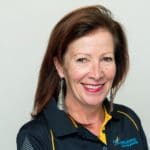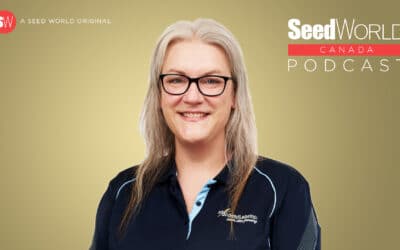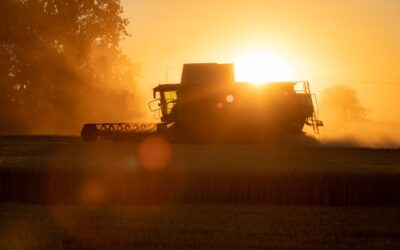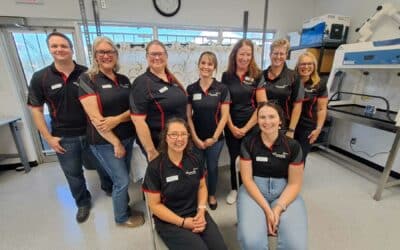Photo: 20/20 Seed Labs
It’s been nearly a year since Alberta changed its regulations regarding Fusarium graminearum (FHB), eliminating its zero-tolerance policy.
Over the years, the prevalence and geographic distribution of Fusarium graminearum infections in the province have changed drastically. We have developed maps based on the samples that we test at the lab to help track where Fusarium graminearum is, so producers and others in the industry can make decisions based on evidence.
The maps show the percentage of samples which are testing positive for F. graminearum in each county or municipal district. Because the plate method is not as sensitive as the DNA method, it’s advised if F. graminearum has not been found in the area previously, starting with the DNA method is preferable as it will detect very low levels of infection.
On the other hand, many samples are only tested with the agar plate method which is acceptable in areas where F. graminearum has been found previously. The key here is to use both methods to your advantage. Use the DNA method as your early warning system and agar plate method when F. graminearum is already established.
Long story short, fusarium levels are a concern in Alberta, particularly the central core of the province east of Edmonton. The Alberta Seed Processors recently released a map showing Vermillion River, Wainwright and Provost were the hardest hit regions of Alberta in 2020 with over half of all samples testing positive for F. graminearum.
These sorts of maps are a helpful guide. Used in conjunction with other FHB management tools such as the Fusarium Head Blight Environmental Risk Map, the information can help producers evaluate risk and plan appropriate management responses.
At the point of writing this article, about 16.5 per cent of samples are testing positive for F. graminearum across Alberta in our lab. This is the third-highest historical percentage since we started collecting data in 2007. The distribution across the province thus far is similar to 2019 with the highest percentage in counties east of Edmonton along the Saskatchewan border, as the Alberta Seed Processors map shows.
Last year was probably one of the highest that we’ve seen for fusarium in Alberta. The next step is to determine what is a “safe” level. At what point should you not be selling seed that tests positive for FHB?
Seed testing remains a vital tool in the FHB management toolbox. Despite fears that people wouldn’t test as much for fusarium in Alberta after last year’s regulatory changes, they seem to be still testing just as much, if not maybe more. Seed cleaning plants are still suggesting that everybody continues to test. Testing gives us a highly accurate picture of how FHB is behaving in not just Alberta, but in other parts of the country as well.


